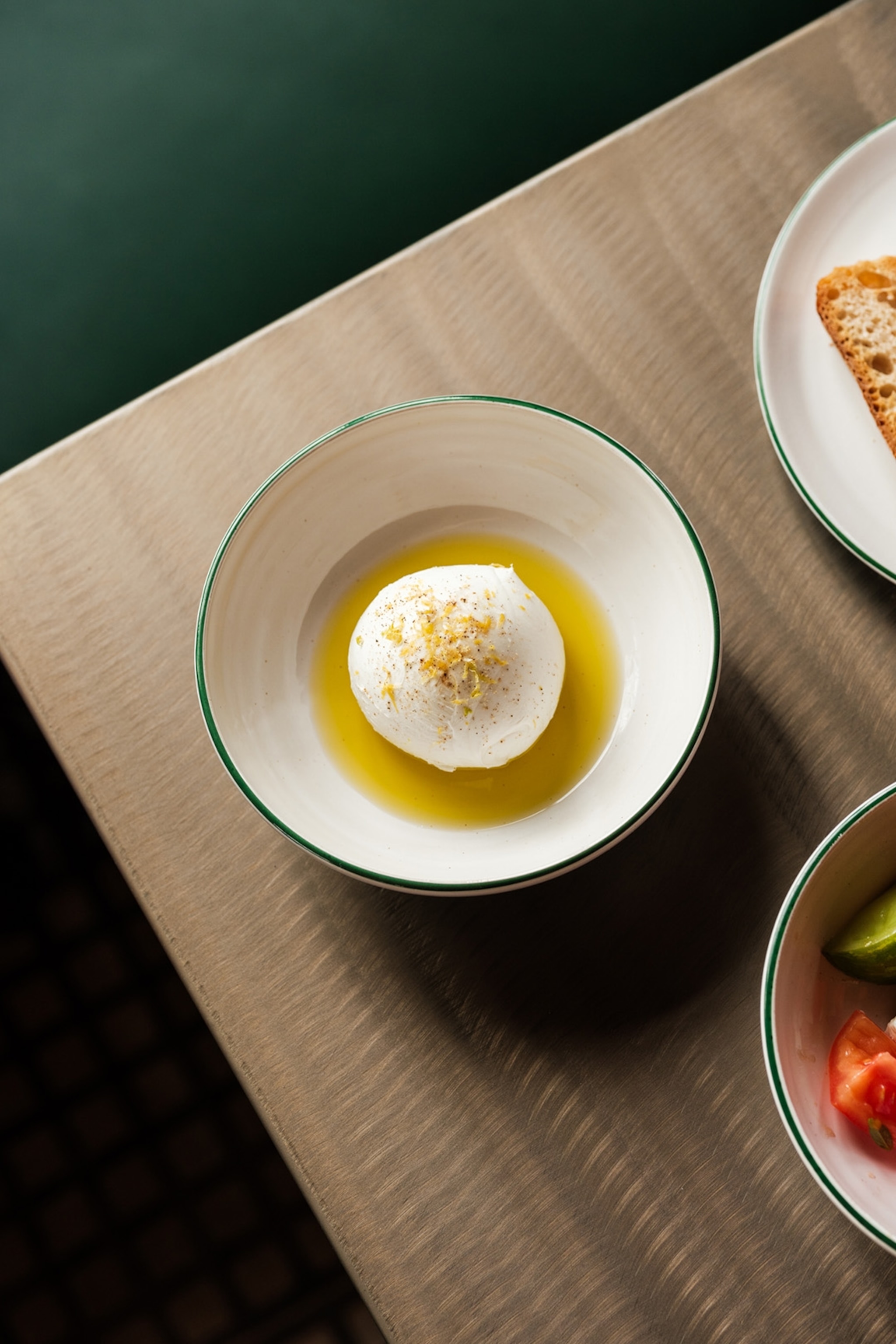For decades, Somerset was known for three things: cider, cheddar, and The Wurzels — a ‘scrumpy and western’ band whose 1976 anthem about a combine harvester once topped the charts. But the county’s image has evolved. Thanks in no small part to the cultural gravitas of Glastonbury Festival, Somerset has gone from agricultural outlier to alternative haven — and more recently, a destination for artists, food lovers, and urban escapees in search of a more soulful countryside. Those looking beyond the main stage will discover a rich tapestry of rolling landscapes, mystical landmarks, culinary excellence, and a new creative pulse that has some calling the area “the new Cotswolds” — but with more edge and fewer Range Rovers.
Fields of green, myths, and mellow towns
While Glastonbury Festival takes place on farmland six miles east of the town itself, Glastonbury proper leans into its spiritual heritage. The ruins of its medieval abbey are steeped in legend — said to be the resting place of King Arthur — and the high street hums with incense and esoterica. Here, tarot readers, crystal shops, and witchcraft emporiums offer a glimpse into Britain’s New Age capital.
Just East, the Mendip Hills rise into dramatic formations like Cheddar Gorge — the closest thing the UK has to a canyon — while the Somerset Wetlands National Nature Reserve fans out across atmospheric marshes and ancient coastlines. Frome, a market town turned bohemian enclave, and Bruton, a village synonymous with Somerset’s artistic resurgence, add texture to the region’s renaissance. Elsewhere, hamlets of honey-colored stone and one-pub villages provide unhurried charm and a warm West Country welcome.

For a truly grounding experience, start your journey at Glastonbury Tor. The climb is steep but worth it: panoramic views stretch across Somerset Levels into neighboring Wiltshire and Dorset. The Tor is also a sacred pagan site, particularly enchanting at sunrise on the summer solstice. At its base lies Chalice Well — a tranquil garden oasis with an iron-rich spring that draws both spiritual seekers and weary walkers alike.
Eat like a (country) king
You don’t need a five-star hotel to eat like royalty in Somerset — just a train ticket to Castle Cary. Here, The Creamery — a sleek, tile-clad restaurant set inside a converted dairy — serves up elevated pub food mere steps from the platform. Operated by The Newt (widely regarded as one of the UK’s top hotels), it’s a surprising culinary gem in an unlikely location. Don’t miss their halloumi-style Sutton Brue or house-made charcuterie — best enjoyed with a Somerset cider in hand.

No trip here is complete without paying homage to the region’s signature exports. At Westcombe Dairy, visitors can tour the cheesemaking rooms, sample clothbound cheddars and creamy ricottas, and even meet Tina the Turner — a robot designed to flip cheese wheels with mechanical precision. Next door, Landrace Bakery turns out some of the area’s finest sourdough. Pick up a loaf, pair it with a wedge of raw-milk cheddar, and you’ve got the makings of the perfect picnic.
Then, head west to Mudgley and meet Roger Wilkins, Somerset’s unofficial cider poet. At his rustic farm, he pours pints straight from the barrel and peppers them with stories in his signature Somerset drawl. It’s as much a cultural stop as it is a tasting.
Festival spirit without the wristband
If your idea of fun includes art installations, open-air wandering, and local cocktails, Bruton delivers — no mud or wellies required. Start in the town center, where independent shops and gabled rooftops paint a picture of pastoral life with a twist. Then head to Durslade Farm, home to the Hauser & Wirth contemporary art gallery. The restored agricultural buildings now house rotating exhibitions from global artists and a Piet Oudolf-designed perennial garden dotted with sculpture.
Once your cultural appetite is satisfied, settle in at Roth Bar & Grill. Half art installation, half eatery, it serves craft cocktails and seasonal small plates in a warmly chaotic space that reflects Bruton’s spirit — one foot in tradition, the other in the avant-garde.
Sleep under canvas or in countryside chic
A trip to Somerset isn’t complete without a proper night’s rest — and the region offers a wide range of stays, from rustic charm to romantic glamping. The Swan at Wedmore is a standout. A former coaching inn from the 18th century, it now blends historic character with modern comfort. Downstairs, a cosy pub serves wood-fired pizzas and local ales in the garden; upstairs, rooms are styled with soft neutrals, quilted linens, and bird-patterned wallpaper that nods to the starling murmurations famous in this part of England.
From just £98 per night including breakfast, it’s an ideal base for exploring both Cheddar Gorge and Wilkins Cider. And if you’re chasing festival vibes, Hadspen Glamping — just south of Bruton — offers safari-style tents with proper beds, wood-burning stoves, and sweeping countryside views. Rates start from £200 for a two-night stay, making it the perfect compromise between wild and well-appointed.
No ticket required
You don’t need a Glastonbury wristband to tap into Somerset’s rhythm. Here, spirituality meets sustainability, and age-old traditions coexist with boundary-pushing creativity. Whether you’re exploring ancient abbeys, sipping cider in the sun, or lingering over a meal in a repurposed dairy, the real Somerset experience lies not in its stages but in its stillness. This is rural England — reinvented, rewilded, and ready for a new generation of curious travellers.





